

Articles
What Is A Toilet Flange
Modified: May 6, 2024
Discover everything you need to know about toilet flanges in our comprehensive articles. Find tips, installation guides, and troubleshooting advice.
(Many of the links in this article redirect to a specific reviewed product. Your purchase of these products through affiliate links helps to generate commission for Storables.com, at no extra cost. Learn more)
Introduction
A toilet flange is a crucial component of a plumbing system that connects the toilet bowl to the sewer pipe. It plays a significant role in the proper functioning of the toilet and ensuring that waste is efficiently and hygienically disposed of. Understanding the purpose, construction, and installation of a toilet flange is essential for homeowners and plumbers alike.
In this article, we will delve into the world of toilet flanges, exploring their definition, purpose, components, types, installation process, common issues, and tips for troubleshooting and maintenance. Whether you are a DIY enthusiast or a professional plumber, this comprehensive guide will equip you with the knowledge to tackle any toilet flange-related challenge that may arise.
So let’s dive in and discover everything you need to know about toilet flanges!
Key Takeaways:
- Proper installation and maintenance of a toilet flange are crucial for a leak-free and odor-free toilet system. Regular inspection, addressing common issues, and seeking professional assistance when needed can ensure optimal functionality.
- Understanding the purpose and components of a toilet flange, as well as the different types available, empowers homeowners and plumbers to choose the right flange and maintain a reliable toilet system.
Read more: How To Install Toilet Flange
Definition of a Toilet Flange
A toilet flange, also known as a closet flange or a floor flange, is a plumbing fitting that connects the toilet bowl to the sewer pipe. It is installed on the floor or subfloor, and its primary purpose is to secure the toilet bowl in place and provide a seal to prevent leaks and odors from escaping.
The toilet flange is typically made of PVC (polyvinyl chloride) or ABS (acrylonitrile butadiene styrene) plastic, although cast iron and brass flanges are also available. It is shaped like a ring with a flat or raised platform, which is positioned flush against the floor, allowing the toilet to be bolted onto it.
The flange has a central opening or pipe stub that connects to the sewer pipe, allowing the waste to move from the toilet bowl into the sewage system. It also features bolt holes around the platform for securing the toilet bowl securely in place.
The toilet flange acts as a bridge between the toilet bowl and the sewer pipe, facilitating the smooth flow of waste and preventing any potential leaks or sewer gas from entering the bathroom. Its design ensures a tight and reliable connection, creating a watertight seal and maintaining the integrity of the plumbing system.
Key Points:
- A toilet flange connects the toilet bowl to the sewer pipe and secures the toilet in place.
- It is typically made of PVC or ABS plastic, but other materials like cast iron and brass are also used.
- The flange has a central opening or pipe stub that connects to the sewer pipe, allowing waste to pass through.
- Bolt holes around the flange platform are used for securing the toilet bowl to the flange.
- The flange creates a watertight seal and prevents leaks and sewer gas from entering the bathroom.
Purpose of a Toilet Flange
The primary purpose of a toilet flange is to secure the toilet bowl to the floor and provide a tight seal, ensuring efficient and odor-free waste disposal. Let’s explore the specific purposes that a toilet flange serves:
1. Secure Mounting: The toilet flange acts as a stable base for mounting the toilet bowl securely to the floor or subfloor. It provides a solid connection that prevents the toilet from wobbling or shifting during use, ensuring stability and preventing potential damage to the plumbing system.
2. Watertight Seal: A crucial function of the toilet flange is to create a watertight seal between the toilet bowl and the waste pipe. The flange forms a barrier that prevents leaks and water damage by directing waste and water directly into the sewage system.
3. Odor Prevention: The toilet flange plays a vital role in preventing sewer gas, which contains foul-smelling odors, from entering the bathroom. It ensures a tight connection between the toilet bowl and the sewer pipe, effectively sealing off any access points for sewer gas to escape and maintaining a fresh and odor-free environment.
4. Alignment: Another purpose of the toilet flange is to align the toilet bowl correctly with the waste pipe. By providing a stable and centered connection point, the flange ensures that waste is directed efficiently into the sewage system, minimizing the risk of clogs or blockages.
5. Versatility: Toilet flanges come in various sizes and designs to accommodate different toilet bowl styles and waste pipe configurations. Whether you have a standard toilet, a wall-hung toilet, or a floor-mounted one, there is a toilet flange available to suit your specific needs.
Key Points:
- A toilet flange secures the toilet bowl to the floor, providing stability and preventing shifting.
- It creates a watertight seal to prevent leaks and water damage.
- The flange prevents sewer gas from entering the bathroom, maintaining a fresh and odor-free environment.
- It properly aligns the toilet bowl with the waste pipe for efficient waste disposal.
- Toilet flanges are available in various sizes and designs to accommodate different toilets.
Components of a Toilet Flange
The toilet flange consists of several essential components that work together to ensure a secure and effective connection between the toilet bowl and the sewer pipe. Let’s take a closer look at these components:
1. Flange Ring: The flange ring is the main body of the toilet flange. It is a circular disc-like component that is typically made of PVC or ABS plastic. The flange ring features a flat or raised platform that rests flush against the floor or subfloor, providing a stable base for securing the toilet bowl in place.
2. Pipe Stub: The flange ring also has a central opening called a pipe stub, which connects to the waste pipe leading to the sewage system. The pipe stub allows the waste from the toilet bowl to flow into the sewer pipe, providing a direct pathway for proper waste disposal.
3. Bolt Holes: Positioned around the platform of the flange ring are bolt holes. Usually, there are four bolt holes evenly spaced, although some toilet flanges may have six or even eight bolt holes. These holes align with the corresponding holes on the base of the toilet bowl, allowing screws or bolts to pass through and secure the toilet bowl firmly to the flange.
4. Wax Ring: Though not technically a component of the toilet flange itself, the wax ring plays a crucial role in the overall function and installation of the flange. The wax ring, shaped like a thick donut, is placed on top of the flange ring. It acts as a seal, providing a watertight barrier between the toilet flange and the waste pipe to prevent leaks and odors from escaping.
5. Closet Bolts and Nuts: Closet bolts, also known as toilet bolts or flange bolts, are long metal bolts that pass through the bolt holes in the flange ring and thread into the base of the toilet bowl. These bolts, along with their accompanying nuts, secure the toilet bowl tightly to the flange, ensuring a solid connection and preventing any movement or instability.
Key Points:
- The main components of a toilet flange include the flange ring, pipe stub, bolt holes, wax ring, and closet bolts.
- The flange ring serves as the main body and provides a stable base for the toilet bowl.
- The pipe stub connects the flange to the waste pipe for waste disposal.
- Bolt holes allow screws or bolts to secure the toilet bowl to the flange.
- The wax ring provides a watertight seal between the flange and the waste pipe.
- Closet bolts and nuts secure the toilet bowl to the flange, ensuring stability.
Types of Toilet Flanges
There are several types of toilet flanges available, each designed to accommodate specific installation requirements and plumbing configurations. Let’s explore the most common types of toilet flanges:
1. PVC Toilet Flange: PVC (polyvinyl chloride) flanges are the most commonly used type of toilet flange. They are lightweight, durable, and resistant to corrosion and chemicals. PVC flanges are available in various sizes and are compatible with both PVC and ABS waste pipes, making them versatile and widely used in modern plumbing systems.
2. Cast Iron Toilet Flange: Cast iron flanges are known for their robustness and durability. They are commonly used in older homes built with cast iron waste pipes. Cast iron flanges have a metal body and are usually bolted directly to the floor or embedded in concrete for added stability.
3. ABS Toilet Flange: ABS (acrylonitrile butadiene styrene) flanges are similar to PVC flanges in terms of their composition and properties. They are lightweight, resistant to chemicals, and suitable for use with both ABS and PVC waste pipes. ABS flanges are commonly used in residential and commercial plumbing applications.
4. Offset Toilet Flange: An offset flange is used when the toilet waste pipe is not positioned directly beneath the toilet’s mounting location. It helps bridge the gap between the toilet flange and the waste pipe by offsetting the connection. Offset flanges are available in various offsets, allowing for more flexibility in toilet installations.
5. Stainless Steel Toilet Flange: Stainless steel flanges are known for their corrosion resistance and strength. They are typically used in commercial or industrial settings where heavy-duty applications are required. Stainless steel flanges may be more expensive compared to other types but offer long-lasting performance.
6. Push-in Toilet Flange: Push-in flanges, also known as repair flanges or gasketed flanges, are designed to fix damaged or deteriorated flanges without the need for extensive repairs. These flanges can be easily pushed into the existing flange and secured in place, providing a tight seal and stability for the toilet bowl.
7. Specialty Toilet Flanges: There are also specialty flanges available to cater to specific installation requirements. This includes flanges for wall-hung toilets, flanges with built-in bidet attachments, and flanges with extended height for raised or accessible toilets.
Key Points:
- Types of toilet flanges include PVC, cast iron, ABS, offset, stainless steel, push-in, and specialty flanges.
- PVC flanges are lightweight and corrosion-resistant, suitable for PVC and ABS waste pipes.
- Cast iron flanges are robust and commonly used in older homes with cast iron waste pipes.
- ABS flanges are similar to PVC flanges but specifically designed for ABS and PVC waste pipes.
- Offset flanges bridge the gap between the flange and the waste pipe when not directly aligned.
- Stainless steel flanges offer corrosion resistance and strength for heavy-duty applications.
- Push-in flanges allow for easy repair and replacement of damaged flanges.
- Specialty flanges cater to specific installation requirements.
When installing a toilet flange, make sure it is secured tightly to the floor to prevent leaks. Use a wax ring to create a watertight seal between the flange and the toilet.
Read more: How To Fix A Toilet Flange
Installation of a Toilet Flange
The correct installation of a toilet flange is crucial for ensuring a secure and leak-free connection between the toilet bowl and the sewer pipe. Follow these step-by-step instructions to properly install a toilet flange:
1. Prepare the area: Start by removing the old flange if present. Clear away any debris, wax residue, or old bolts around the flange area. Ensure that the floor or subfloor is clean and level.
2. Determine the flange position: Place the toilet bowl upside down on the floor, aligning the bolt holes on the base with the flange bolt holes. Make sure the bowl is centered over the waste drain.
3. Mark the flange position: Use a wax pencil or marker to mark the position of the bolt holes on the floor. This will guide the placement of the flange during installation.
4. Cut the waste pipe (if needed): If the waste pipe is too long or needs to be adjusted, use a saw or PVC pipe cutter to cut it to the desired length. Ensure a clean and even cut.
5. Attach the flange: Take the appropriate toilet flange for your installation, whether it’s a PVC, cast iron, or ABS flange. Place the flange over the waste pipe, aligning the flange bolt holes with the marked positions on the floor.
6. Secure the flange: Fasten the flange to the floor using screws or flange bolts. Make sure the flange is snugly and securely attached, ensuring stability and preventing movement during use.
7. Install a wax ring: Place a wax ring onto the flange, ensuring that it is centered and fully covering the opening. The wax ring provides a watertight seal between the flange and the toilet base.
8. Position the toilet bowl: Carefully lower the toilet bowl onto the wax ring and align the bolt holes on the base with the flange bolt holes. Apply downward pressure to compress the wax ring and create a secure seal.
9. Secure the toilet bowl: Insert and tighten the bolts or screws through the bolt holes in the toilet base and into the flange. Alternate sides when tightening to ensure even and secure attachment. Be careful not to overtighten, as it may crack the toilet bowl.
10. Connect and test: Connect the water supply line to the fill valve on the toilet bowl and turn on the water. Check for any signs of leaks around the flange and the base of the toilet. If no leaks are present, flush the toilet and ensure that waste is properly draining into the sewer pipe.
Key Points:
- Remove any old flange and prepare the area.
- Position the toilet bowl and mark the flange position on the floor.
- Cut the waste pipe if necessary and attach the flange securely to the floor.
- Install a wax ring onto the flange.
- Lower the toilet bowl onto the wax ring and align the bolt holes.
- Secure the toilet bowl to the flange with bolts or screws.
- Connect the water supply line and test for leaks and proper waste disposal.
Common Issues with Toilet Flanges
Toilet flanges, like any plumbing component, can encounter several common issues over time. Understanding these issues can help you identify and address problems with your toilet flange. Here are some of the most common issues you may encounter:
1. Leaks: One of the most common issues with toilet flanges is leaks. Leaks can occur around the base of the toilet or at the connection points between the flange, toilet bowl, and waste pipe. Leaks can lead to water damage, mold growth, and unpleasant odors. Proper installation and maintenance are essential to prevent leaks.
2. Damage to the Flange: Toilet flanges can become damaged over time due to wear and tear, improper installation, or external factors. Cracks, fractures, or breaks in the flange can compromise the seal and stability of the toilet bowl. Damage to the flange may require repair or replacement to ensure proper functioning.
3. Flange Elevation: Flange elevation issues can arise when the flange is not flush with the floor or subfloor. This can result in an uneven toilet installation, causing stability problems and potential leaks. Flange elevation issues can occur due to changes in the flooring level or incorrect initial installation.
4. Loose or Broken Bolts: Over time, the bolts securing the toilet bowl to the flange can loosen or break. Loose bolts can cause the toilet bowl to wobble, leading to leaks or damage to the wax ring seal. Broken bolts may require replacement to ensure proper attachment and stability.
5. Old or Worn Wax Ring: The wax ring that provides a watertight seal between the toilet bowl and the flange can degrade over time. An old or worn wax ring may result in leaks or sewer odors. It is important to regularly inspect and replace the wax ring to maintain a proper seal.
6. Blockages or Clogs: Blockages or clogs in the waste pipe can occur, causing problems with the toilet flange. Waste materials and debris can build up and obstruct the flow of water, leading to improper waste disposal or backups in the plumbing system. Regular maintenance and proper waste disposal practices can prevent blockages.
7. Improper Alignment: If the toilet flange and waste pipe are not properly aligned, it can cause problems with waste disposal. Misalignment can result in leaks, blockages, or inefficient flushing. Proper measurement and alignment during installation are crucial to avoid this issue.
8. Corrosion or Rust: In the case of metal flanges, corrosion or rust can occur over time, especially if the flange is exposed to moisture or corrosive substances. Corrosion can weaken the flange and compromise its performance. Regular inspection and maintenance can help identify and address corrosion issues.
Key Points:
- Common issues with toilet flanges include leaks, flange damage, flange elevation problems, loose or broken bolts, old wax ring, blockages or clogs, improper alignment, and corrosion or rust.
- Regular inspection, proper installation, and timely maintenance can help prevent and address these issues.
Troubleshooting and Maintenance of a Toilet Flange
Troubleshooting and maintaining your toilet flange can help prevent issues and ensure its proper functioning. Here are some troubleshooting tips and maintenance practices to keep your toilet flange in optimal condition:
1. Regular Inspection: Conduct regular visual inspections of the toilet flange to check for any signs of damage, leaks, or loose bolts. Look for cracks, fractures, or corrosion on the flange, as well as water stains or dampness around the base of the toilet. Early detection can prevent further damage and costly repairs.
2. Tighten Loose Bolts: If you notice that the bolts securing the toilet bowl to the flange are loose, tighten them using a wrench. Be careful not to overtighten, as it can crack the toilet bowl. Ensure the toilet bowl is stable and does not wobble or shift when pressure is applied.
3. Repair or Replace Damaged Flange: If you identify any damage to the flange, such as cracks or breaks, consider repairing or replacing it. Depending on the extent of the damage, you may be able to use epoxy or a repair kit to fix minor cracks. However, severe damage may require replacing the flange for a secure and long-lasting solution.
4. Address Leaks: If you notice water stains or dampness around the base of the toilet or signs of water damage on the floor, address any leaks promptly. Start by checking the wax ring seal between the flange and the toilet bowl. If the wax ring is worn or damaged, replace it. If leaks persist, consider seeking professional plumbing assistance to diagnose and fix the issue.
5. Clear Blockages: If you experience frequent clogs or blockages in the toilet, it may indicate a problem with the waste pipe or the toilet flange. Use a plunger or a plumbing snake to clear any obstructions in the waste pipe. If the problem persists, it may be necessary to consult a professional plumber to assess the flange and the plumbing system.
6. Maintain Proper Waste Disposal: Avoid flushing bulky or non-flushable items such as paper towels, feminine hygiene products, or excessive amounts of toilet paper. Proper waste disposal practices can help prevent clogs and reduce the strain on the toilet flange and the entire plumbing system.
7. Replace Wax Ring: Over time, the wax ring that seals the toilet flange can become worn or cracked. Regularly inspect the wax ring and replace it if necessary. Ensure that the new ring is properly centered and offers a tight seal.
8. Seek Professional Assistance When Needed: If you encounter persistent issues with your toilet flange or are unsure about the best course of action, it is advisable to consult a professional plumber. They can provide expert guidance, diagnose any underlying problems, and ensure that proper repairs or replacements are made.
Key Points:
- Regularly inspect the toilet flange for damage, leaks, and loose bolts.
- Tighten loose bolts and replace damaged flanges when necessary.
- Address leaks promptly by checking and replacing the wax ring seal.
- Clear blockages in the waste pipe using appropriate tools.
- Maintain proper waste disposal practices to prevent clogs and strain on the flange.
- Replace the wax ring as needed to ensure a proper seal.
- Consult a professional plumber for persistent issues or when unsure.
Conclusion
The toilet flange is a crucial component of the plumbing system that connects the toilet bowl to the sewer pipe. It serves multiple purposes, including providing a secure mounting for the toilet bowl, creating a watertight seal to prevent leaks and odors, and ensuring proper alignment for efficient waste disposal. Understanding the different types of toilet flanges, the installation process, common issues, and maintenance practices is essential for homeowners and plumbers.
By familiarizing yourself with the various types of toilet flanges available, you can choose the one that best suits your installation needs. Proper installation, including ensuring a level and stable connection, using the correct materials, and installing a new wax ring, is crucial for a well-functioning and leak-free toilet flange. Regular inspection and maintenance, such as checking for damage, tightening bolts, and addressing leaks promptly, can help prevent major issues and extend the lifespan of the flange.
In the event of common issues such as leaks, damage, or blockages, troubleshooting and timely action are key. Identifying the problem, repairing or replacing damaged components, and seeking professional assistance when necessary can help resolve issues effectively and prevent further damage to the plumbing system.
Remember, maintaining a well-functioning toilet flange is not only essential for the proper operation of your toilet but also for the hygiene and comfort of your home. By understanding how the toilet flange works and implementing proper maintenance practices, you can ensure a reliable, leak-free, and odor-free toilet system for years to come.
Key Points:
- The toilet flange connects the toilet bowl to the sewer pipe and plays a vital role in the proper functioning of the toilet.
- Proper installation, including selecting the right type of flange and correctly aligning and securing it, is essential.
- Regular inspection and maintenance, such as checking for damage, tightening bolts, and addressing leaks promptly, are important for preventing issues.
- Troubleshooting and addressing common issues like leaks, damage, or blockages promptly can prevent further damage and ensure a functional toilet system.
- By understanding and maintaining your toilet flange, you can enjoy a reliable, leak-free, and odor-free toilet system.
Now that you're well-versed in toilet flanges, why stop there? Dive into our latest piece on essential maintenance for your restroom. We cover everything from simple fixes to complex issues that might arise. With practical advice on "toilet repair," you'll be equipped to handle any bathroom mishap with ease. Don't let toilet troubles flush away your peace of mind—stay prepared and keep your throne in top condition!
Frequently Asked Questions about What Is A Toilet Flange
Was this page helpful?
At Storables.com, we guarantee accurate and reliable information. Our content, validated by Expert Board Contributors, is crafted following stringent Editorial Policies. We're committed to providing you with well-researched, expert-backed insights for all your informational needs.
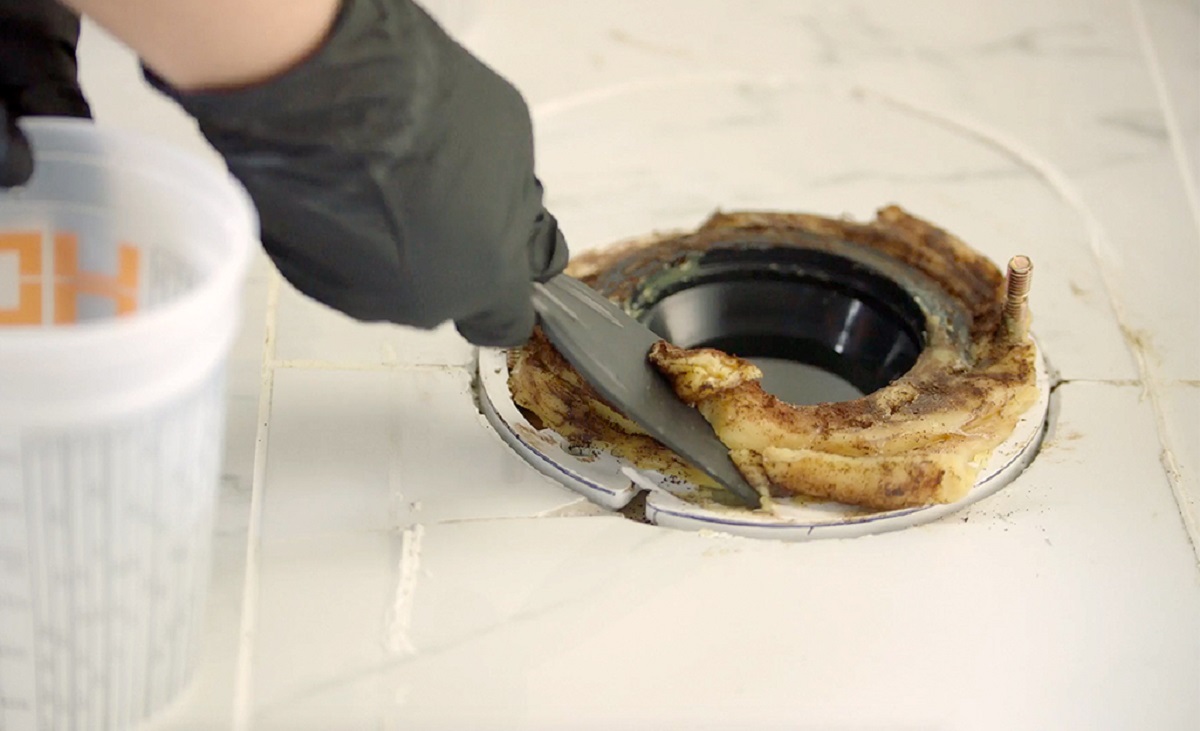
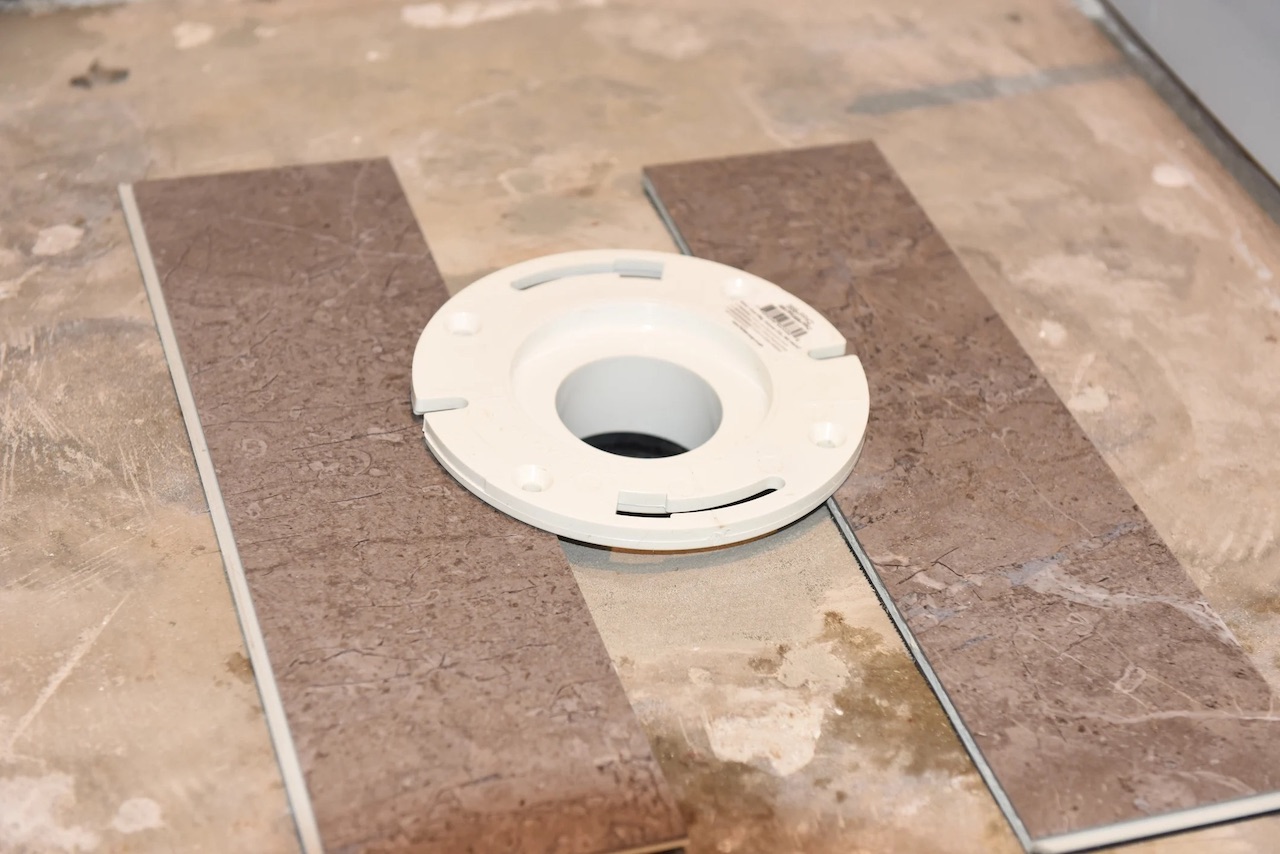
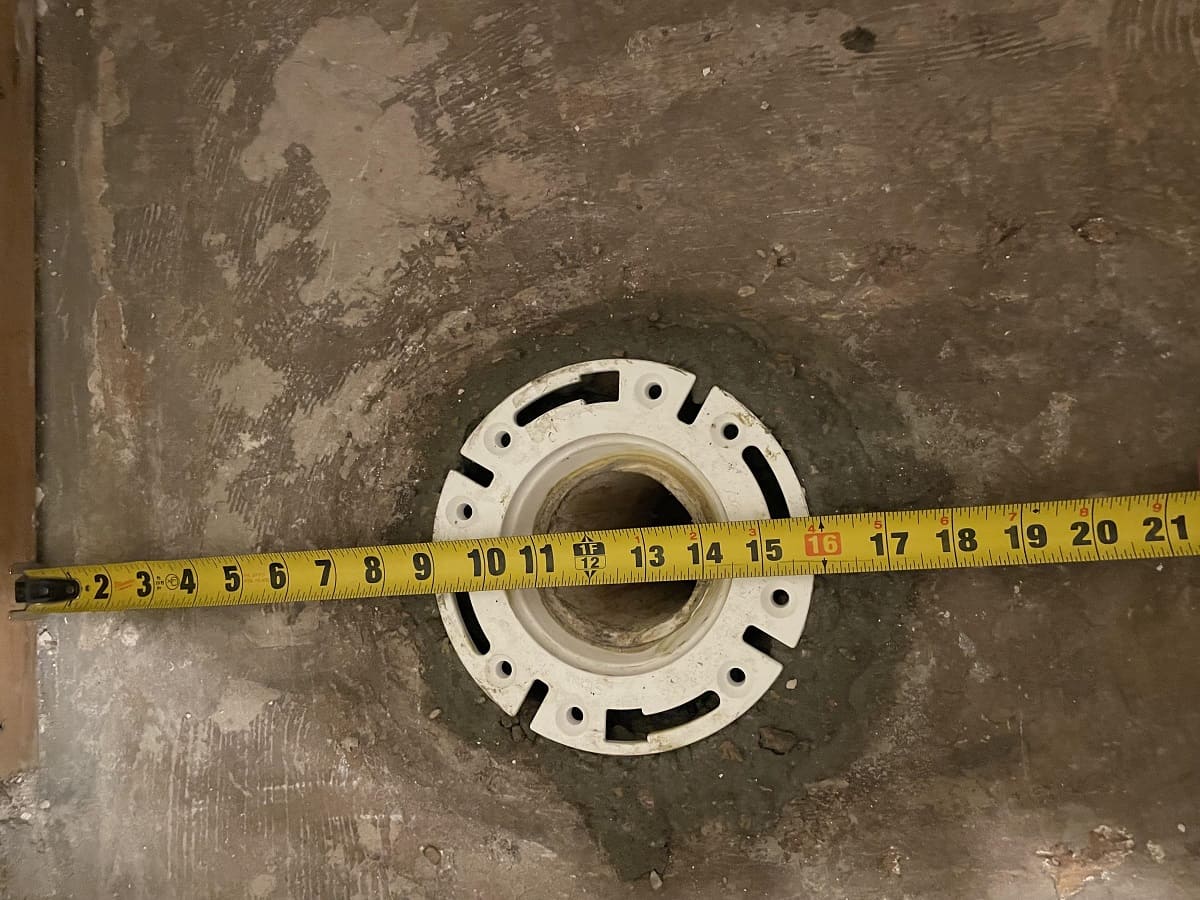
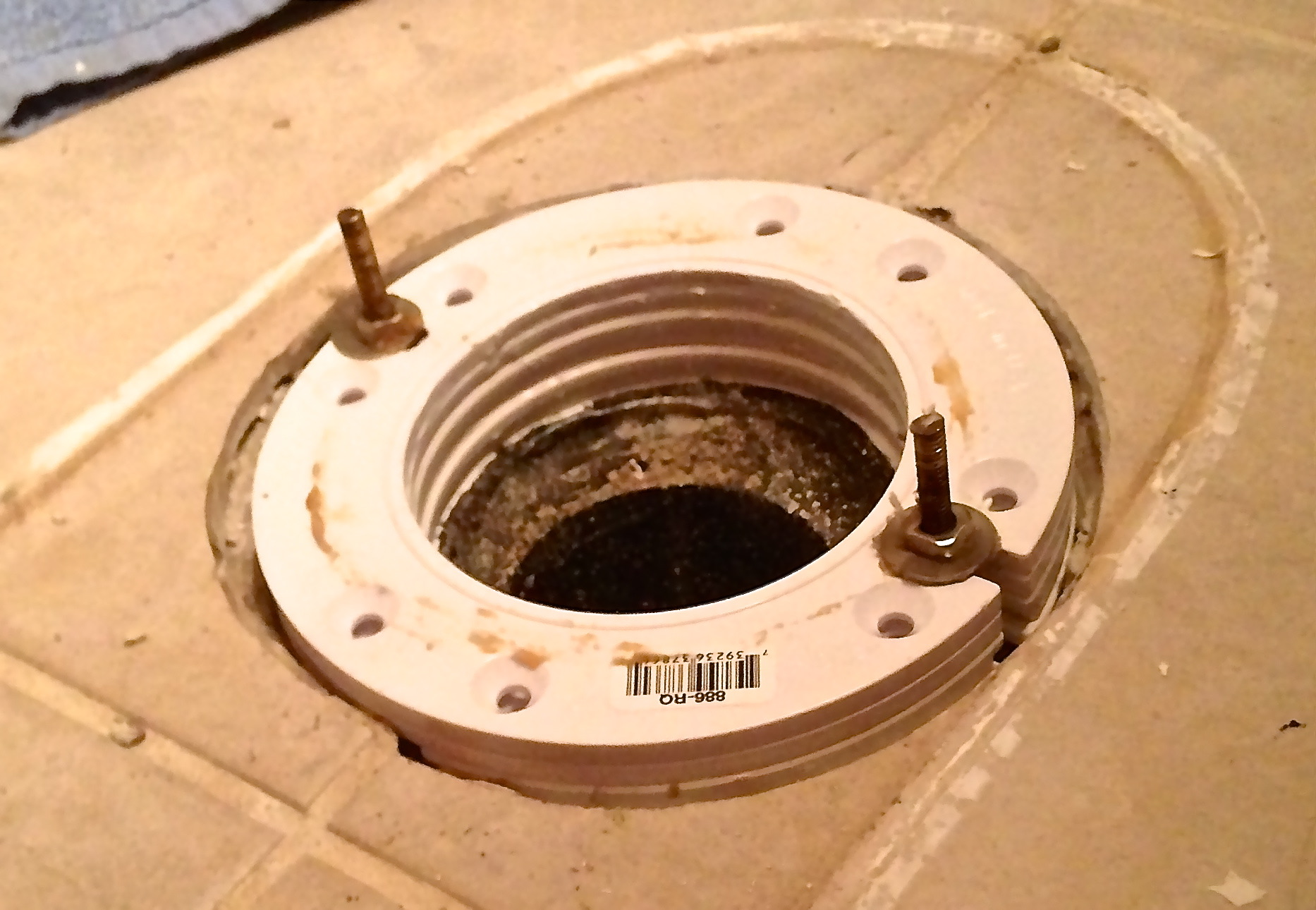


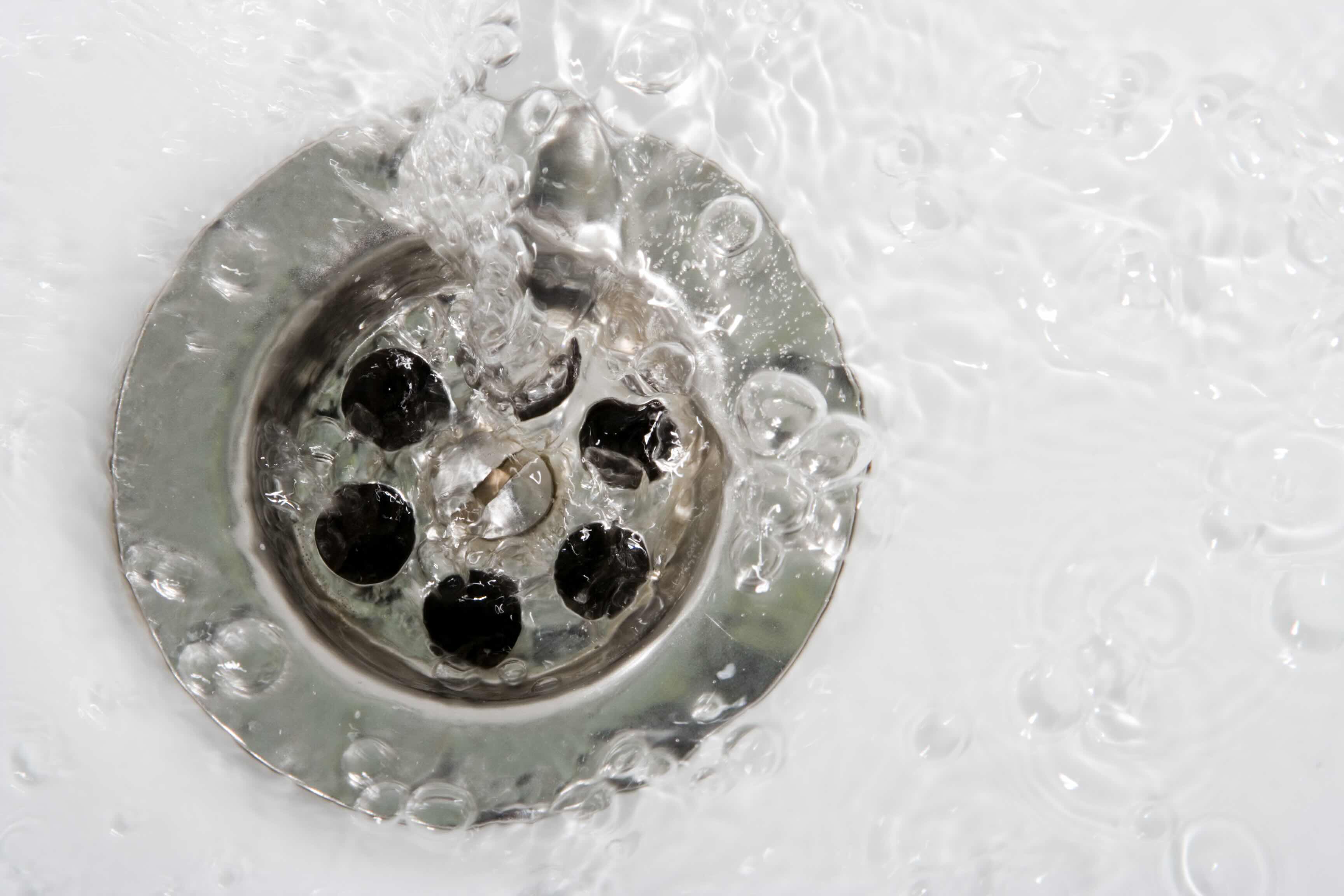
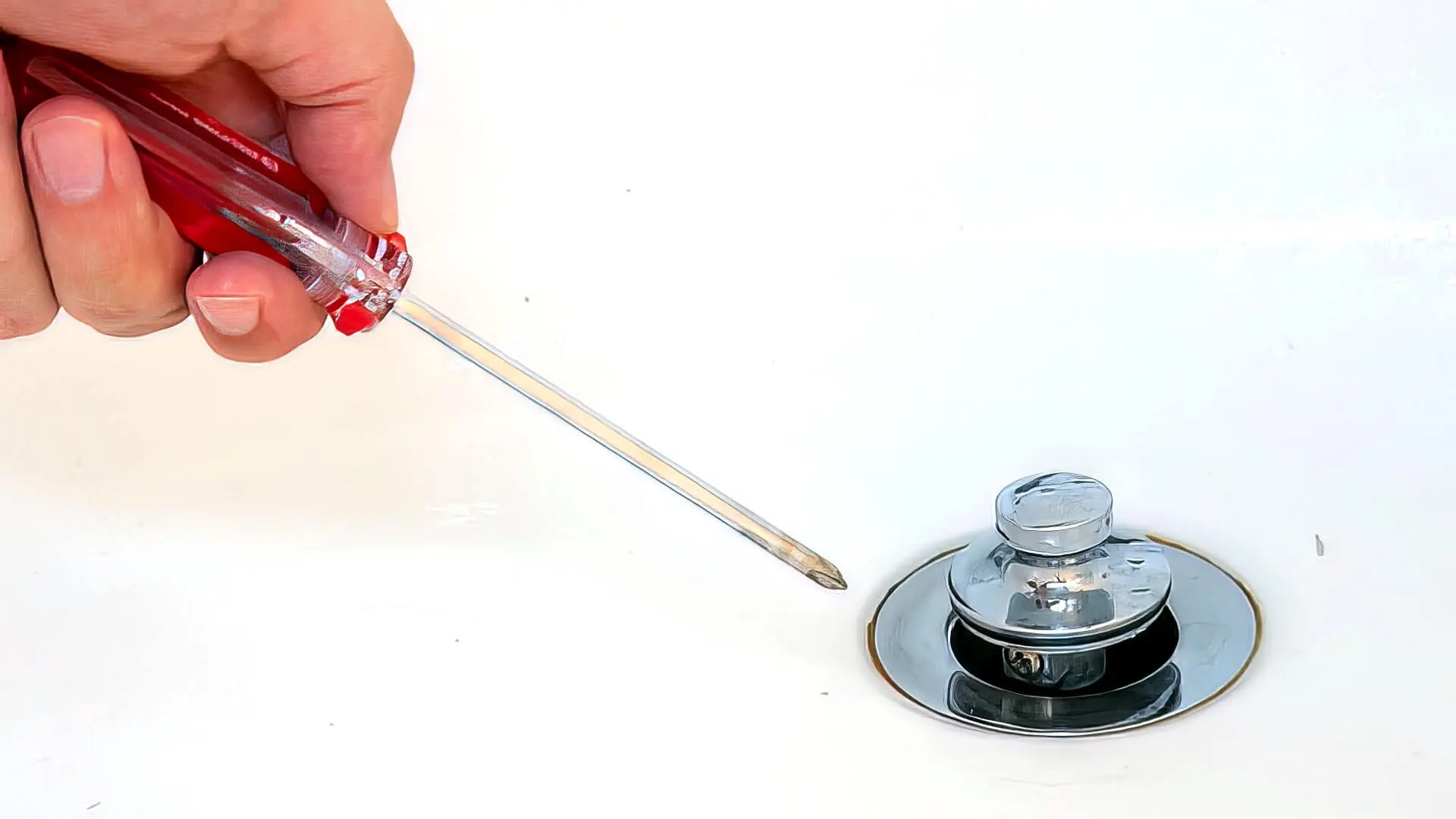
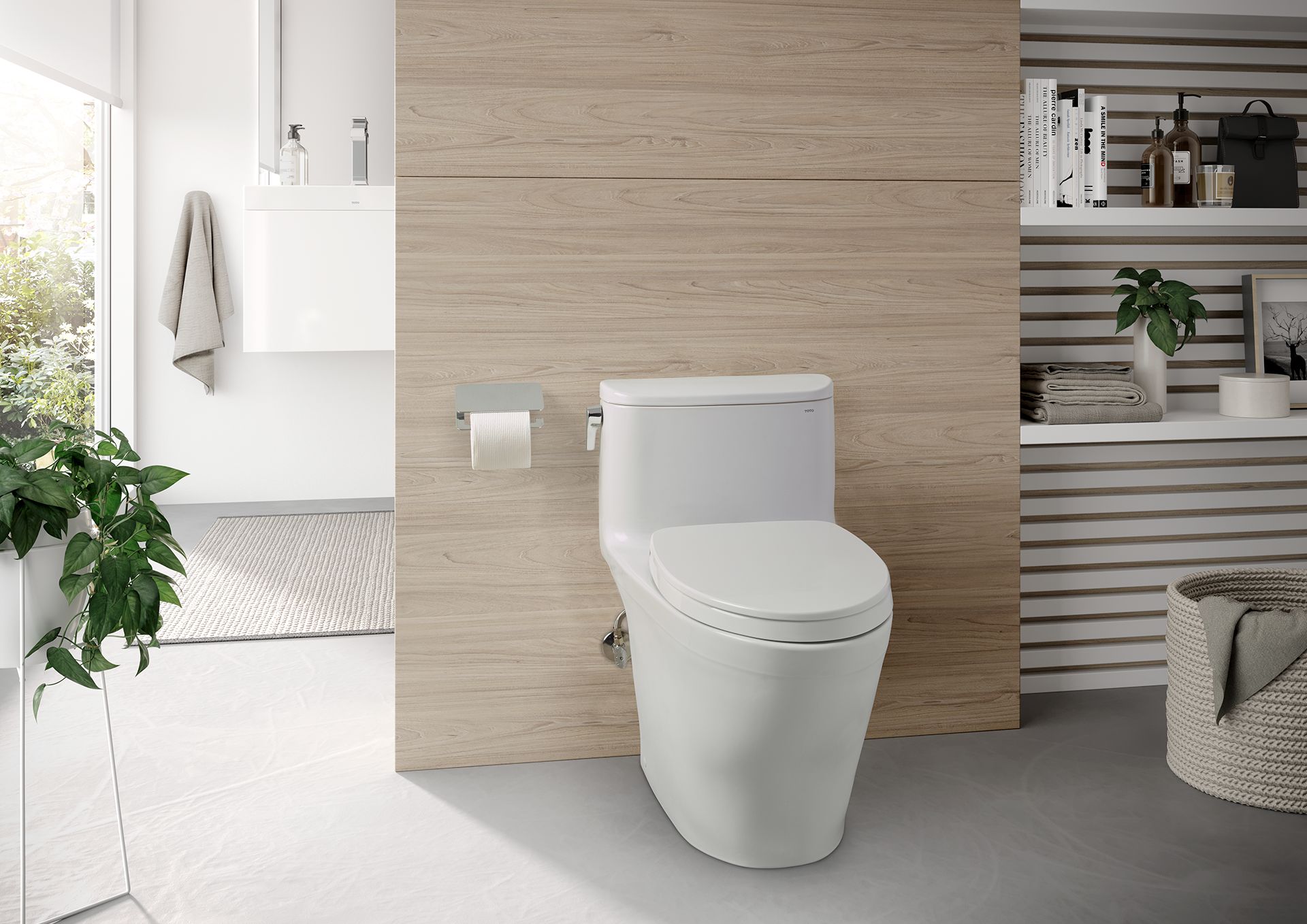
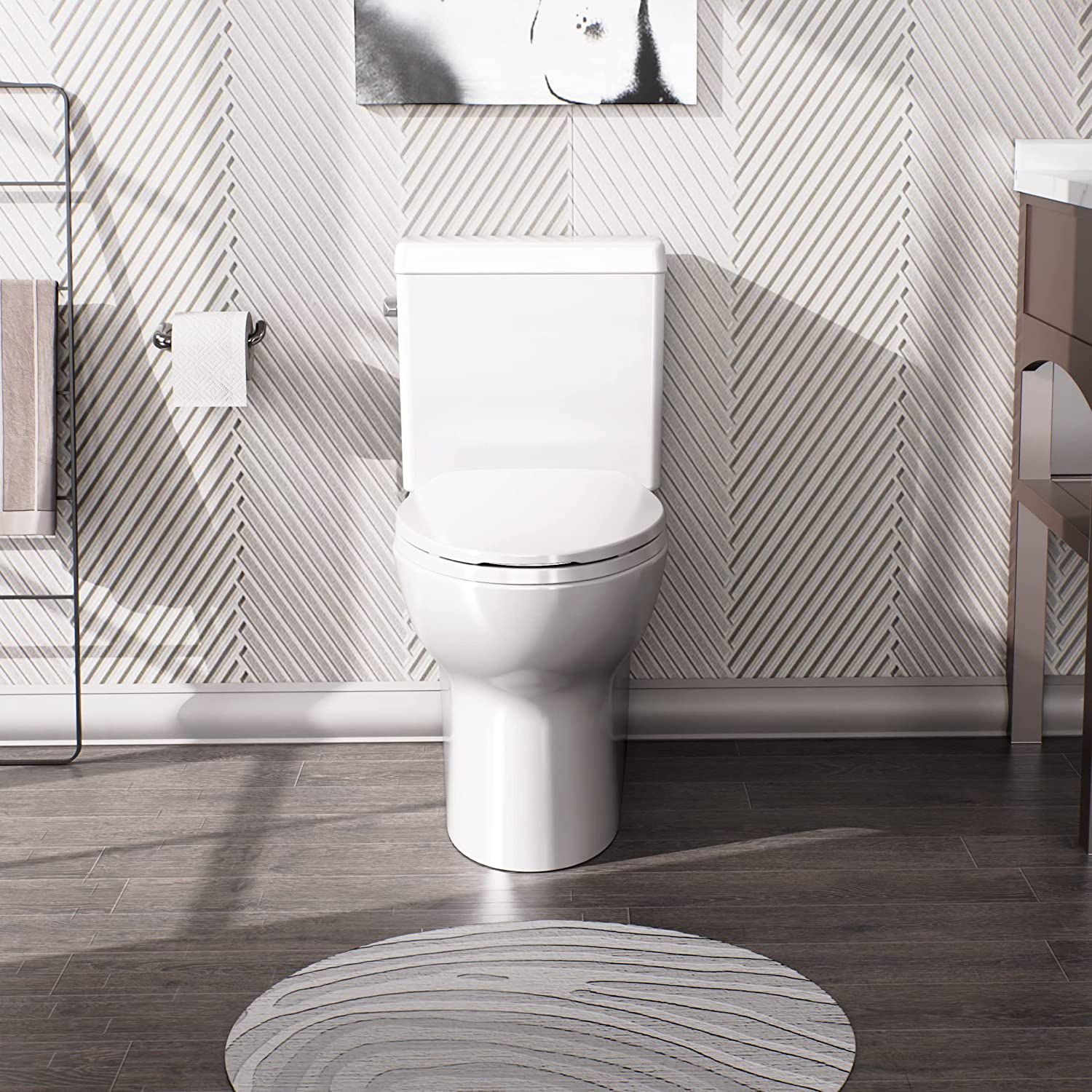
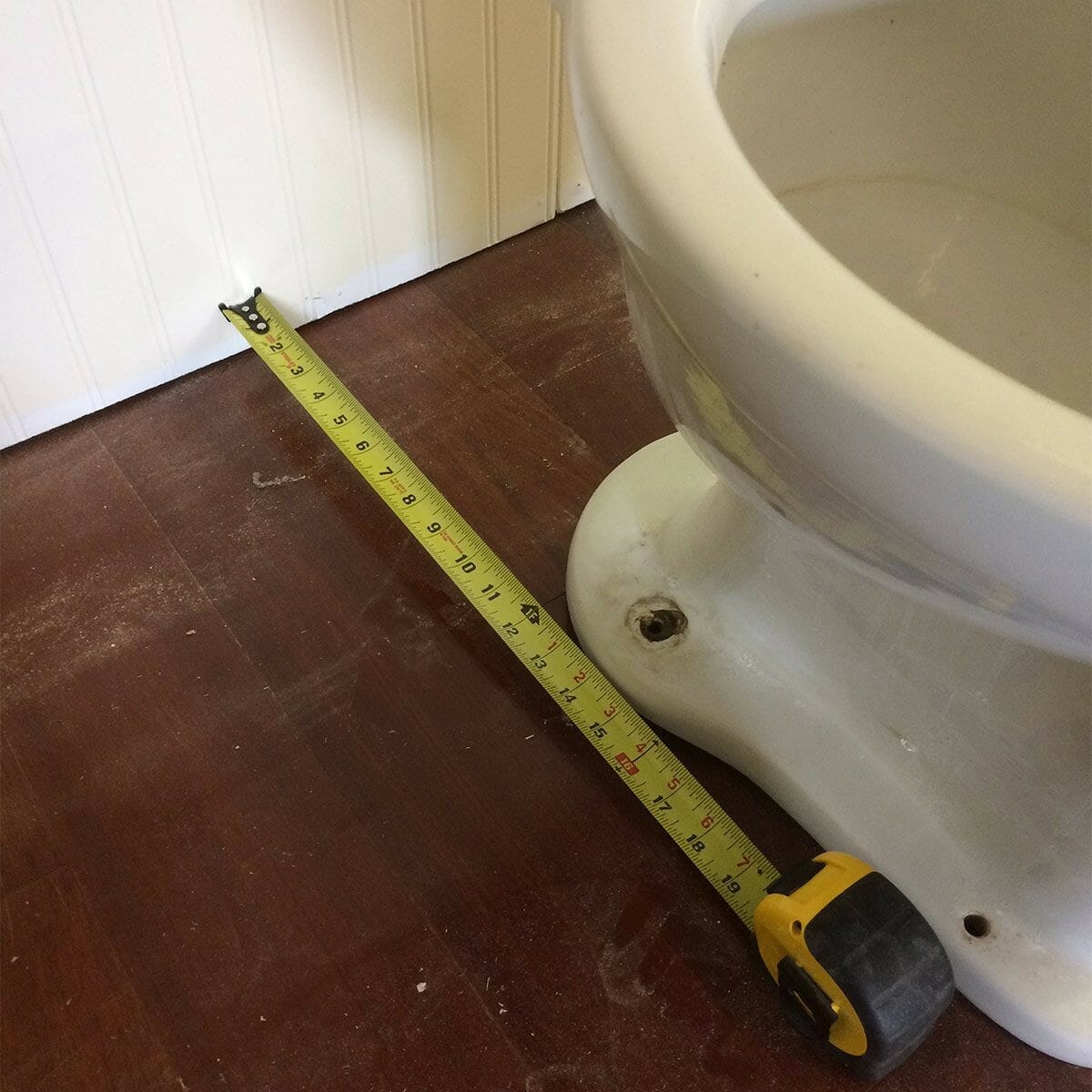
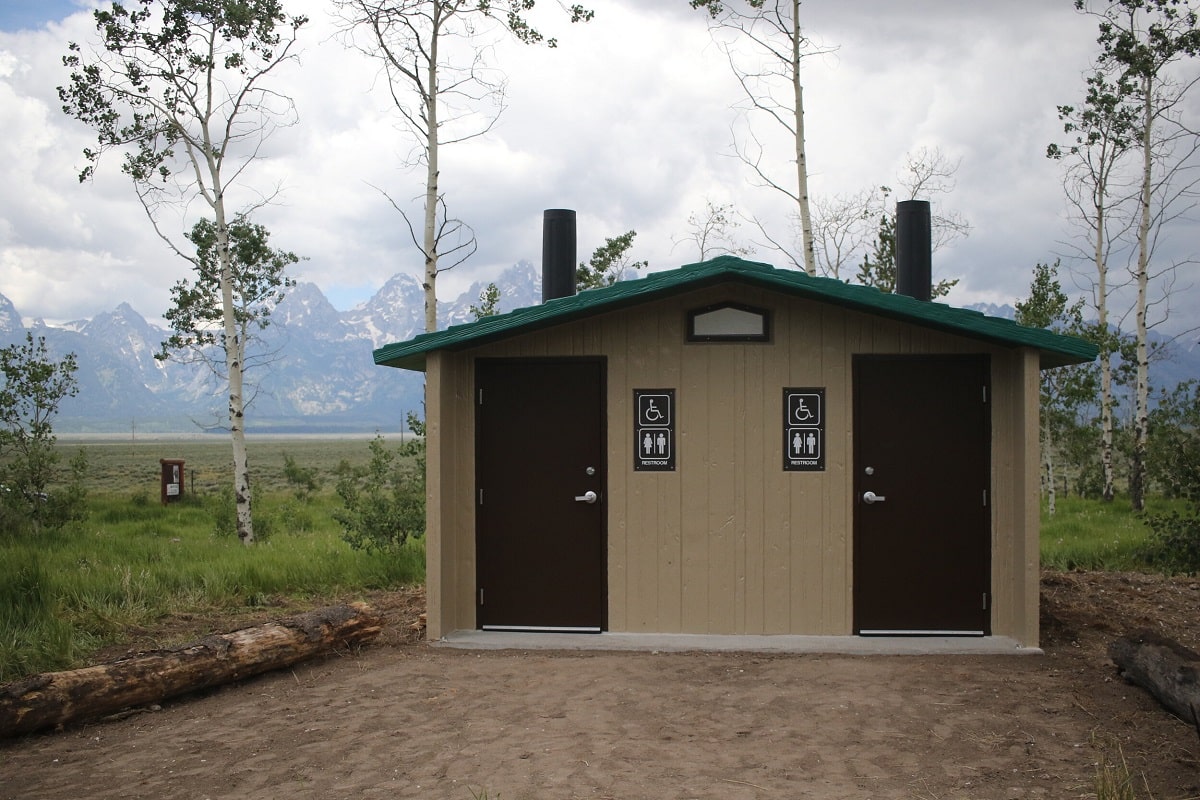
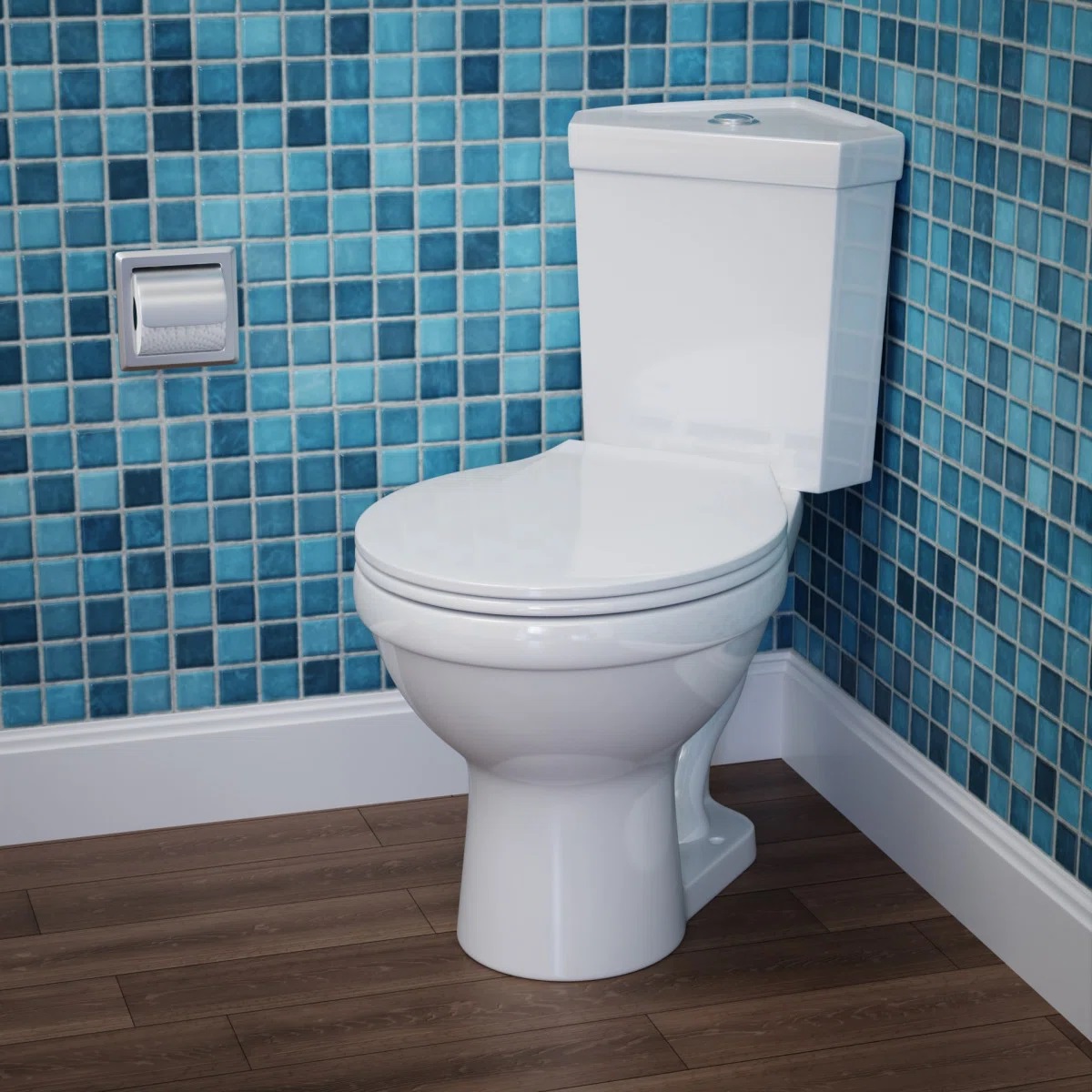
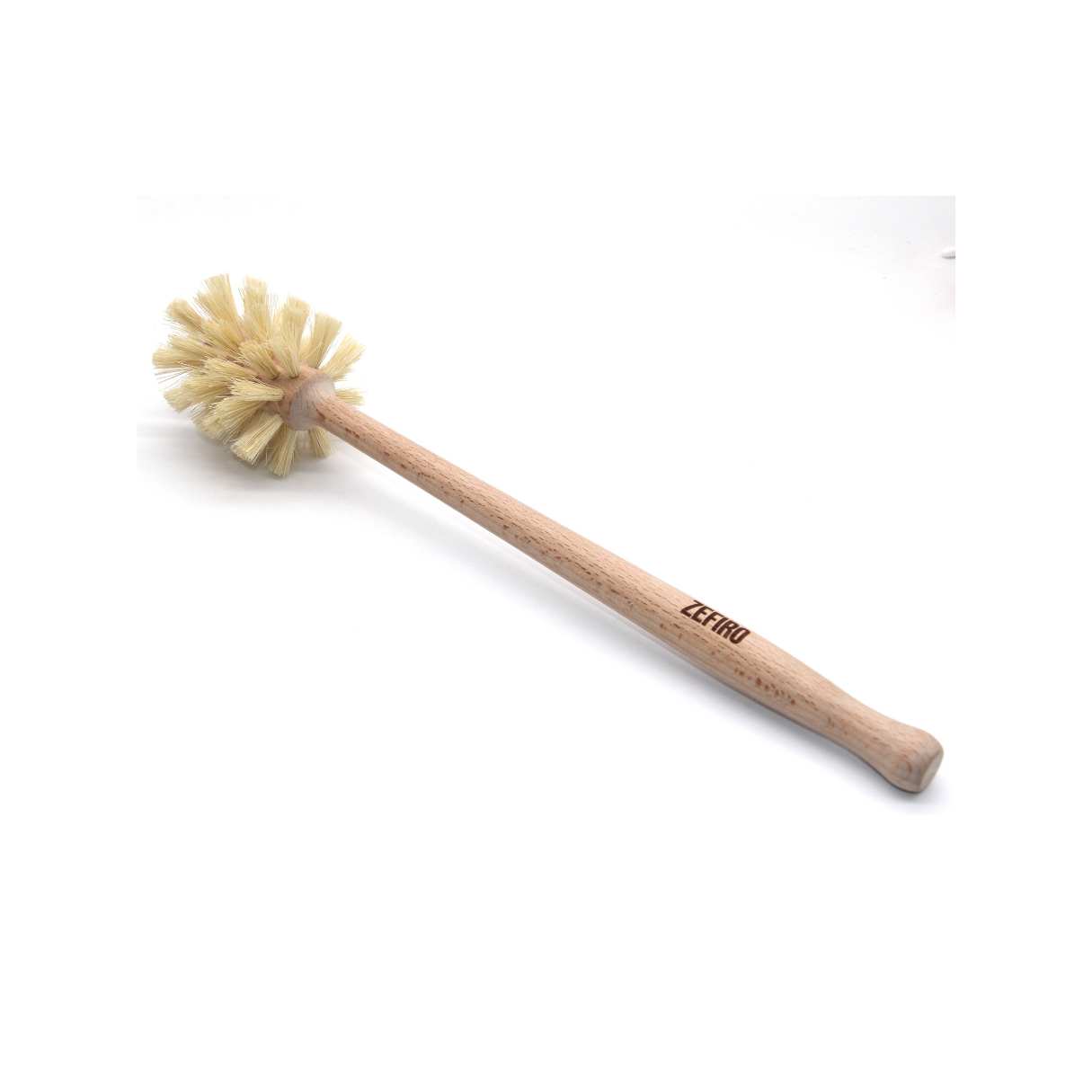

0 thoughts on “What Is A Toilet Flange”